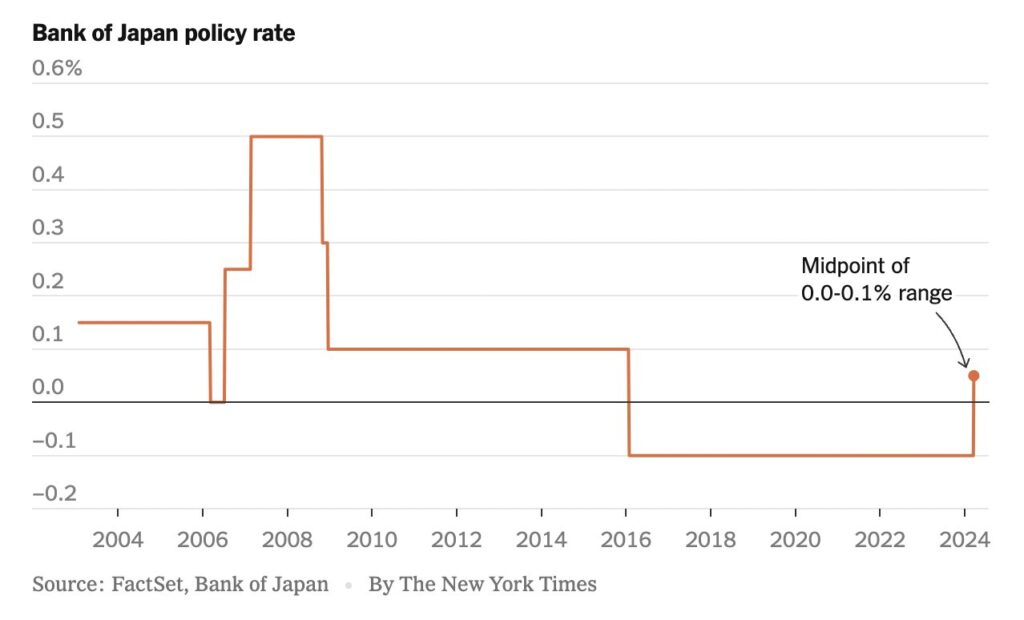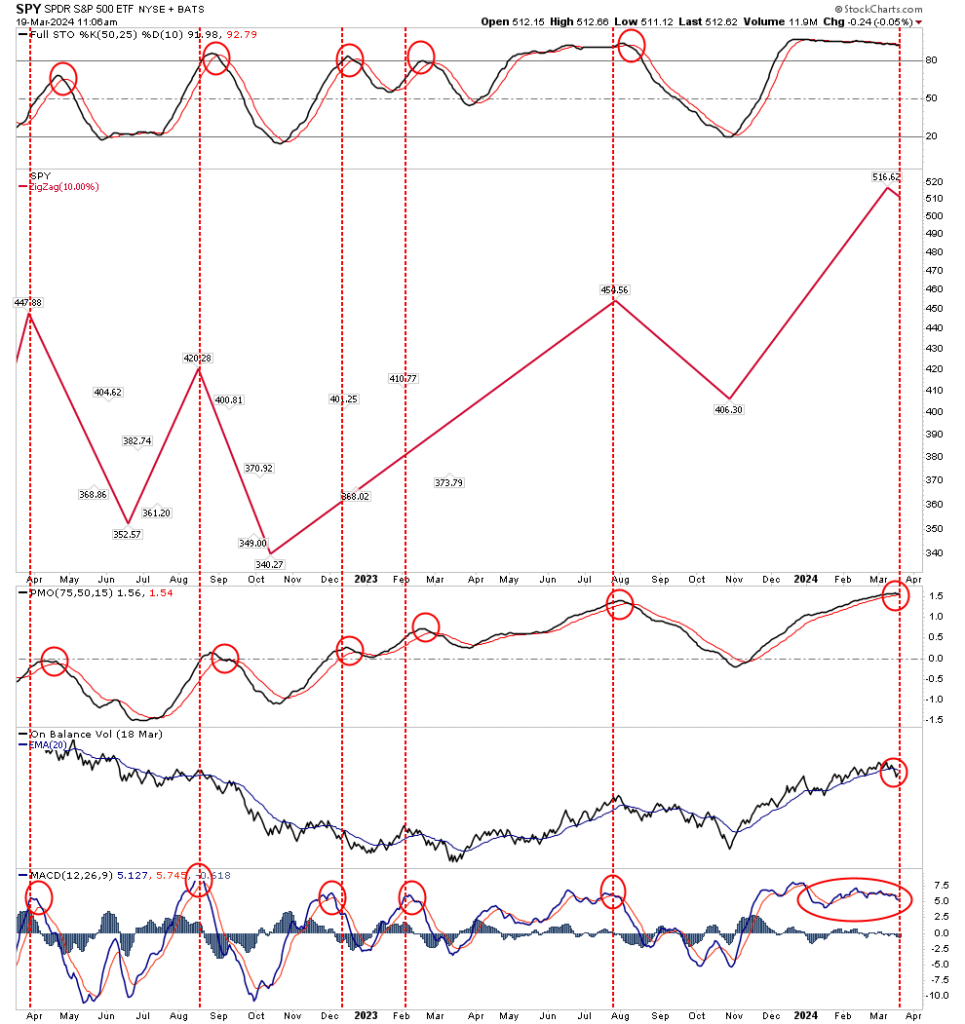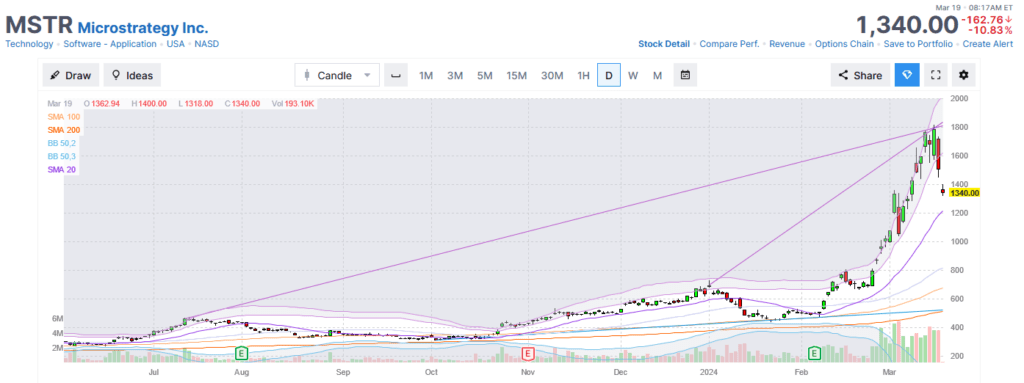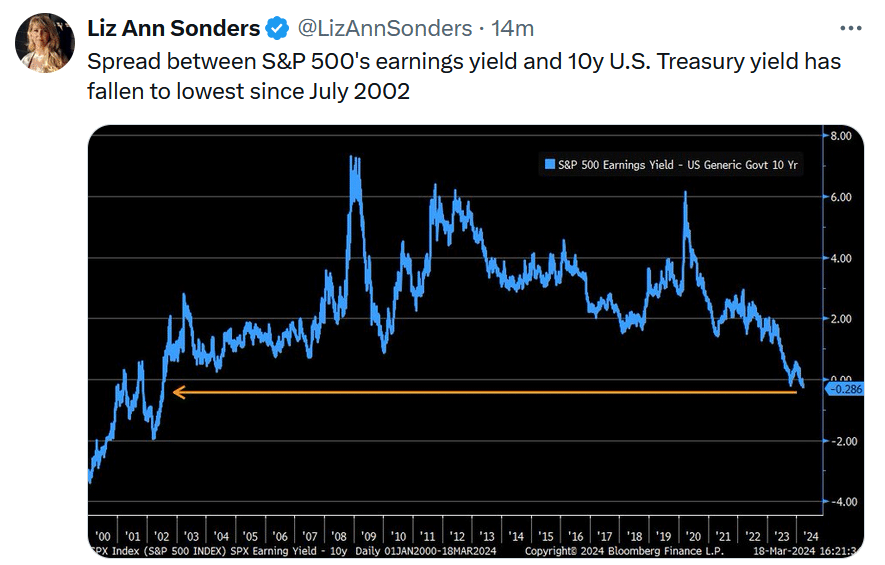The Bank of Japan (BOJ) has finally ended its eight-year run of negative interest rates. On Tuesday morning, the BOJ boosted their overnight rate from -.10% to a range of 0% to 0.10%. Furthermore, the BOJ discontinued its Yield Curve Control (YCC) operations and stopped purchasing equity and corporate bond ETFs and REITs. However, their QE program will continue, although they are not explicitly targeting longer-term maturities via YCC. Longer-term Japanese yields are slightly lower on the news.
The BOJ policy shift has implications for global markets. For starters, Japan is one of the world’s largest exporters of capital. Low and negative interest rates have incentivized individuals, corporations, and pension funds to convert their yen to other currencies and buy much higher-yielding assets in other countries. Secondly, the so-called yen carry trade allows non-Japanese investors to borrow in yen, convert the yen to other currencies, and invest in other countries. This trade, estimated at $20 trillion, bolsters asset prices in the United States and around the world. Unless the BOJ continues to raise rates or the yen rallies versus the dollar, we are not concerned that capital flows from Japan will reverse. However, it is a risk worth watching.
Market Trading Update
In yesterday’s commentary, I posted a chart of the S&P 500 showing several technical indicators suggesting a short-term correction may be near. I received a few questions about the S&P chart overlay on an indicator called a “ZigZag.” I will explain what it is and why I like it.
“The ZigZag indicator is not an indicator per se, but rather a means to filter out smaller price movements. A ZigZag set at 10 would ignore all price movements less than 10%; only price movements greater than 10% would be shown. Filtering out smaller movements gives investors the ability to see the forest instead of just trees. It is important to remember that the ZigZag feature has no predictive power because it draws lines based on hindsight. Any predictive power will come from applications such as Elliott Wave, price pattern analysis, or indicators. However, the ZigZag can be used with a retracements feature to identify Fibonacci retracements and projections.” – Stockcharts.com
As noted, the “ZigZag” indicator smooths out daily volatility and helps to reduce emotional biases that can interfere with portfolio management over time. In the chart below, I have set the ZigZag to filter out all price movements of less than 10% and removed the index. Notably, the lows in ZigZag were in June and October of 2022, which preceded decent market rallies. It also turned in late July last year as the market topped and bottomed in October. The indicator appears to have topped this past week. It will take about a week to confirm if the current “ZigZag” indication is denoting the start of a bigger correction process. Given the prevalence of deterioration in other leading technical indicators, we suspect that may be the case.
MicroStrategy Insiders Are Selling
Last Friday’s Commentary gave readers a worrying analysis of MicroStrategy (MSTR). MSTR is a technology company with no growth in its sales or earnings over the last ten years. Its share price surged despite the lack of fundamental justification for owning the stock. The reason for the investor optimism is that MSTR has been accumulating bitcoin. With the recent pop in bitcoin prices, it makes sense that the value of MSTR would follow. However, as noted, “We constructed the table below to show how MicroStrategy investors are paying a 43% premium to own Bitcoin.”
Given the massive premium to buy bitcoin and the ease of purchasing bitcoin via the new ETFs, MSTR’s price was at significant risk. Two days after writing the article, it appears investors are waking up. Since peaking at 1815 last week, its stock is down 25%. The excessive premium versus bitcoin was warning enough in our minds, but maybe the fact that insiders consistently sell shares should be another strong deterrent to owning the stock. The table below, courtesy of SimpleVisor, shows that Michael Saylor, who has been very outspoken about Bitcoin, has sold over $5 million worth of stock over the last few weeks. On February 27th, its CEO, Phong Le, sold over $8 million worth of shares.
Warren And Sanders Warn The Fed
As we ponder what the Fed may or may not do or say today, we must consider the political pressure on the Fed. Earlier this week, Senators Elizabeth Warren and Bernie Sanders urged Fed Chairman Jerome Powell to lower interest rates. In a letter to Chairman Powell, they said they want a “a clear and rapid timetable for reducing interest rates, ideally beginning at the May FOMC meeting.” A similar sentiment from both sides of the aisle was given to Chairman Powell during his testimony to Congress two weeks ago. Given the coming election, such an argument for a rapid timetable seems politically motivated. However, Fed Funds are about 2% above the rate of inflation. Such is the tightest monetary policy in about 15 years and is weighing on smaller businesses.
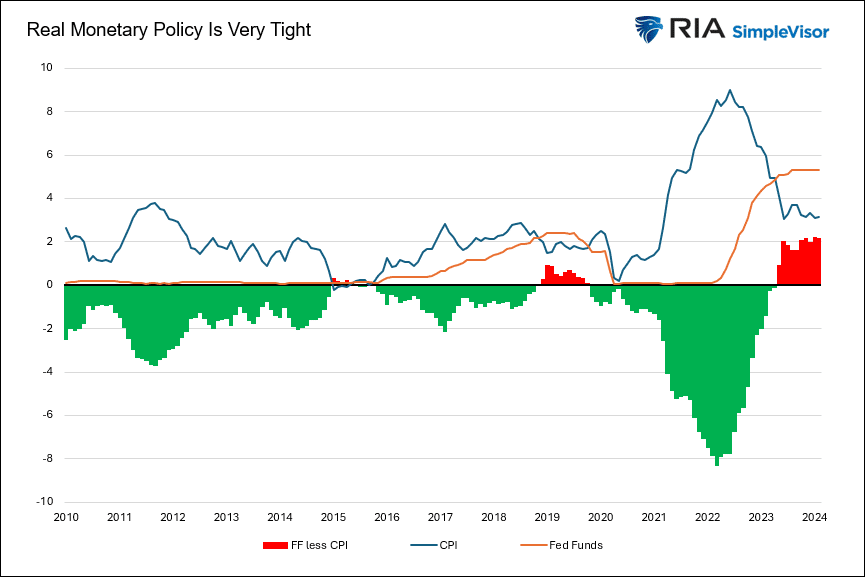
Tweet of the Day
“Want to have better long-term success in managing your portfolio? Here are our 15-trading rules for managing market risks.”
Related: Household Equity Allocations: Signaling a Note of Caution


